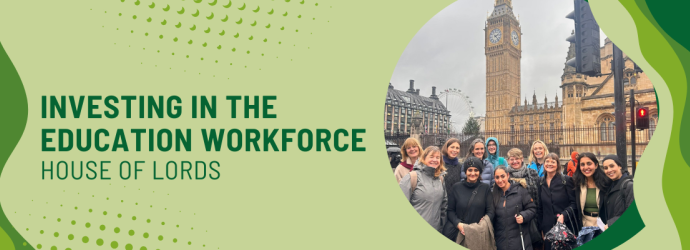
EYFS Profile Results show over a third of children below expected levels
The Government released the results of the EYFS profile for 2021-2022 which due to changes to the EYFS profile in 2021 make it difficult to compare with previous years. This makes it difficult to fully understand the impact of Covid on this cohort to the last. As a baseline for the future, it is quite a challenging set of figures. The headline figures show that just over two thirds of children achieved a ‘good level of development’ as defined by the framework. Only 63% achieved expected level across all 17 of the Early Learning Goals (ELG). This leaves settings with over a third of cohorts below ‘school readiness’ yet expected to begin a more formal curriculum upon entry.
To add more context, of those with any special educational need, the percentage of children with SEN support achieving a good level of development was over six times that of children with an education, health and care (EHC) plan (22.9% compared with 3.6%) but this was three times lower than those without any recognised SEN. Just less than half of the children on free school meals (FSM) achieved the expected level and only 55% of those born in the summer, the youngest in the year group, achieving expected levels in comparison with the 71% of those autumn-born.
The EYFS profile was revised significantly in September 2021 with changes from the previous framework including:
- revisions to strengthen all 7 areas of learning in the EYFS, with new educational programmes that set out what children must experience and learn about
- revisions to all 17 ELGs across the 7 areas of learning to make these clearer and more precise and to make it easier for practitioners to understand what is required for a child to be at the expected level of development
- removal of ‘exceeding’ assessment band
- removal of statutory local authority moderation
The statistics show that:
- A higher percentage of girls than boys were at the expected level of development across all early learning goals (ELGs) and areas of learning.
- The physical development area of learning had the highest percentage of children at the expected level of development (85%), and the literacy area of learning had the lowest (68%).
- Of the regions, Outer London had the highest percentage of children with a good level of development (68%) whilst the North West had the lowest (62%).
The new Family Hubs may go some way to support this in the future, however the remit for these centres is for children and young people from 0 to 25 years rather than the more defined remit of the Sure Start Centres that these replaced, which focused solely on early years. On the international stage, recognition is being given to the impact of funding early years has on education and life outcomes. With the Autumn Statement being given last week, this funding has not been increased and the impact for these young people is likely to be immense.










